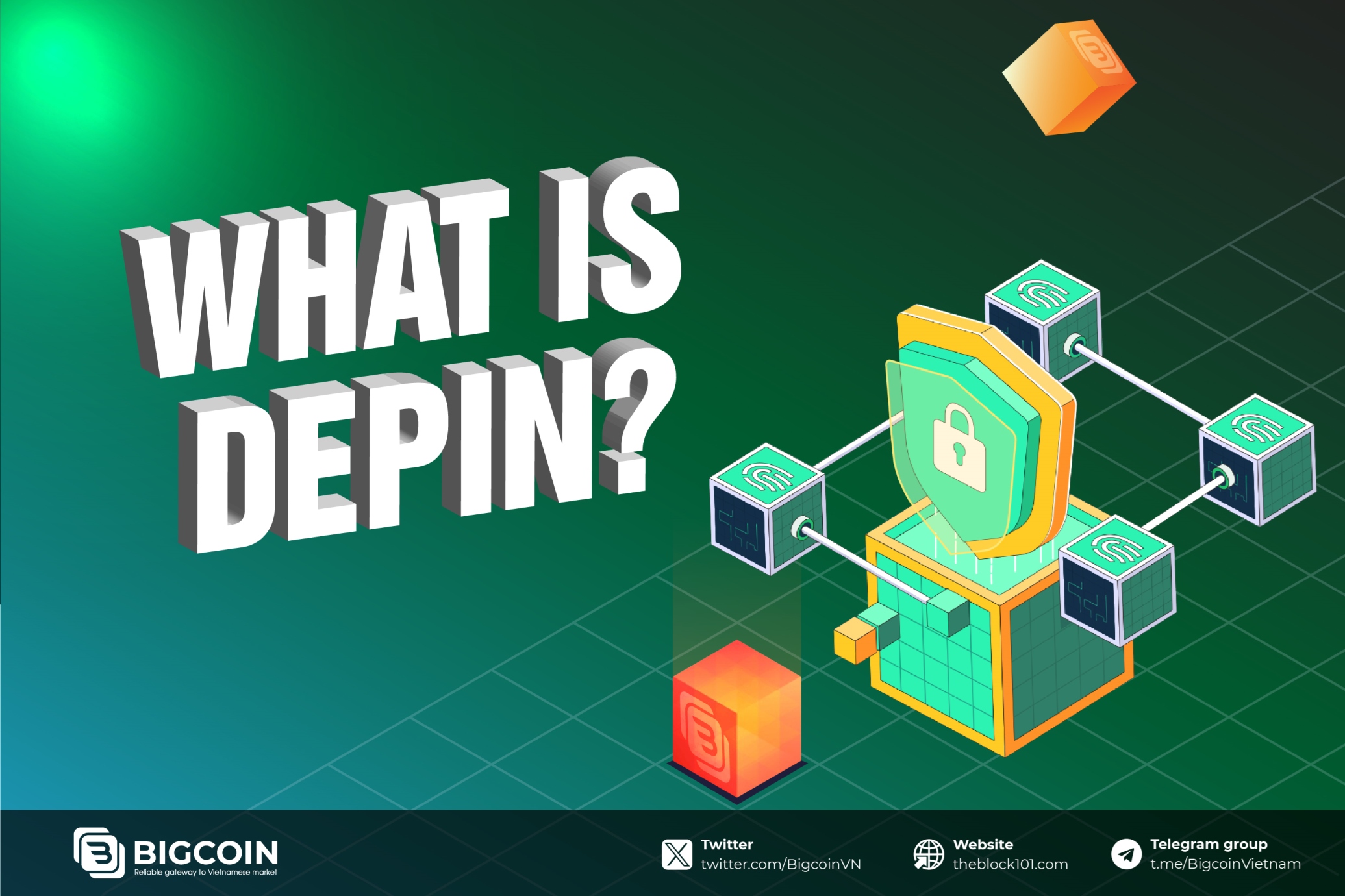1. How to understand "getting losses" and "getting profits"?
The psychology of holding on to losses is the persistence in holding an investment position even though the value of the asset is decreasing. This could result in the loss of new investment opportunities, or a reduction in the value of the original investment. However, many investors continue to hold their positions for fear of selling at a loss, and hope that the asset value will increase again in the future.
Meanwhile, the psychology of making a profit is being decisive and quick in selling when the value of the asset is increasing. Investors will profit and look for newer investment opportunities. However, many investors may fear that asset values still have the potential to rise further, and therefore miss out on the opportunity to profit.
Maybe you don't know:
Mistakes that investors often make
What is the art of stopping losses in investing?
2. Why is it easier to make losses than to make profits?
The fact that we can make losses better than profits may first come from human nature, as we tend to fear losing what we already have, rather than fear missing out on new opportunities. This is especially true in the case of investments, where investors will focus on holding their positions and avoiding the risk of losing money, rather than looking for new investment opportunities. When we lose money, the brain will try to cling to the information it has and set an expectation. At this time, that expectation is a virtual expectation that we set for ourselves and lean towards it, making the brain forget to evaluate other risk information.
When investing in the crypto market , many people think that when the price increases again, they should cut profits or keep coins while they have not yet lost money. However, if you lack the market reading skills to distinguish between rising and falling waves, or lack the technical analysis skills to determine when to cut losses, these decisions can cause significant losses. If you have lost 20-30% and invested a large amount of money, a passive mentality is normal. This mentality can lead to ignoring exit opportunities, and often leads to abandonment and disregard for investing.
In addition, gong loss can be right or wrong and this depends a lot on how well we understand the project. For example, a good project with prices that have never increased will always have a need to recover capital and may have an increase in the future. Therefore, if we understand this project clearly, we can DCA and keep the coin to wait for the rising wave. Sometimes a downtrend period lasts for several months. Many NFT-Fi altcoins appear to be at the bottom, however then as the market increases, their prices increase by up to 10-20 times. A clear understanding of the project and the market is necessary to be able to keep and hold coins in such situations.
A classic example of holding coins during a downtrend is Solana. When the SOL token increased to $5, divided 5 times, then increased to $240, many investors sold their coins when the price was only $100, because they thought they had achieved significant profits and did not want to let them go. Miss. However, if they had a clear understanding of the project and market potential, they could have held on to their coins to achieve greater profits.

3. How to make the right investment decision?
To achieve success in crypto investing, good capital allocation and a clear understanding of the project are important. Currently, the altcoin market is at its bottom and holding them until the market recovers can bring big profits. However, always remember that great opportunities also come with great risks.
To achieve high profits, you need to dare to accept risks and manage your finances well. If you want to invest safely, you can choose platform assets and strong currencies such as BTC, ETH, BNB,... to invest. It should be noted that the projects calling for capital this season all have a financial scale of 200-300 million USD or more, so next season, it is likely that the top 10 in terms of market capitalization will be even larger. so many. Don't be surprised if an L2 project has a capitalization of $80-100 billion in the future.
In short, to be successful in business, you need to have adequate analytical skills as mentioned above. First, you need to clearly understand the project you are investing in. Second, you need to know which pump hooks have good potential to increase profits there. Finally, technical analysis skills are needed to determine when to exit the market even if breakthrough growth has not been reached. Mastering these skills will help you achieve maximum profits when investing in coins.
Disclaimer: The above are basic observations about investor psychology in the crypto market that Bigcoin wants to provide to you, not investment advice. Bigcoin will continue to update the latest information on its channels.
Read more:

 English
English Tiếng Việt
Tiếng Việt


.jpg)







.jpg)





